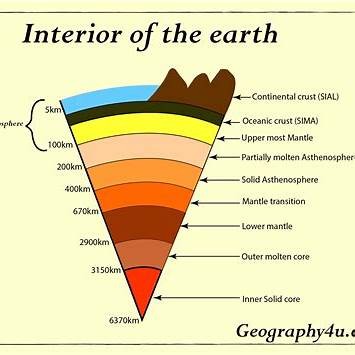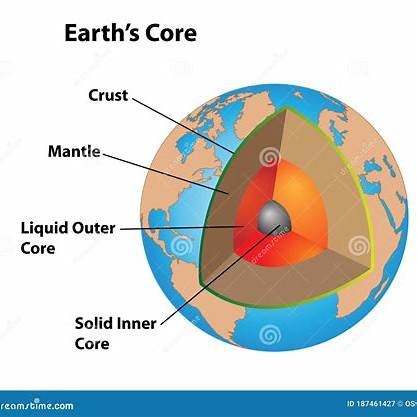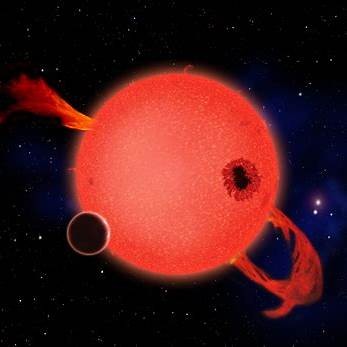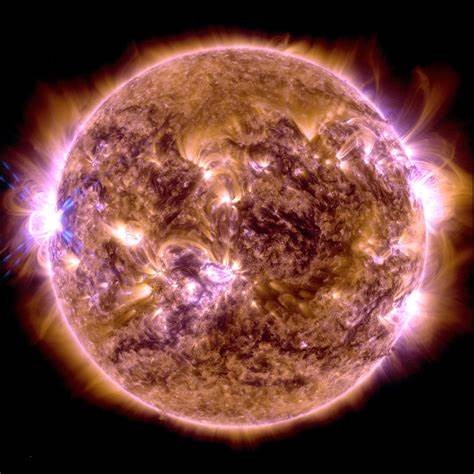From Molten Cores to Cosmic Consciousness: A Scientific Inquiry into Context, Perception, and Human Potential
Abstract
Human beings exist in a complex web of physical, energetic, and cognitive systems. Scientific inquiry into the geophysical structure of Earth, the dynamics of planetary motion, and the relativity of time reveals a profound truth: perception is scale-dependent. This paper explores (1) the instability of “groundedness” in a rotating, molten planet; (2) the apparent stillness of cosmic bodies despite extraordinary velocities; and (3) the neurophysiological and psychological potential for humans to expand awareness beyond local identity. It argues for a contextual model of consciousness that integrates physics, planetary science, and systems theory, thereby reframing human existence as an emergent, dynamic process rather than a fixed state.
1. Introduction
Modern humans inhabit a planetary system of staggering dynamism, yet most of our perceptual frameworks treat reality as static. From the crust of the Earth to the depths of the stellar core, natural systems are in constant flux. Meanwhile, human cognition — rooted in neural circuits and embodied experience — is capable of both narrowing and expanding awareness. Understanding our position within the physical and cosmic environment is critical for re-evaluating what it means to live consciously.
2. The Illusion of Stability: Geophysical Realities of “Solid Ground”
Despite the common metaphor of being “grounded,” the Earth is a volatile, dynamic system:
- Crust & Lithosphere: The lithosphere is a brittle shell comprising tectonic plates floating atop a ductile asthenosphere.
- Mantle Dynamics: Below the lithosphere lies the asthenosphere and deeper mantle layers where convection currents drive plate tectonics.
- Core Structure: At the center is a liquid outer core of molten iron and nickel (temperatures exceeding 5 800 °C), surrounding a solid inner core. These layers contribute to Earth’s geomagnetic field and thermal dynamics.



The rotational speed of the Earth at the equator (~1 670 km/h) combined with its orbital velocity around the Sun (~107 280 km/h) illustrates that “standing still” is a perceptual artifact. From a planetary science perspective, human beings are moving through space at extraordinary velocities while perceiving stillness.
3. Cosmological Context: Stillness in Motion
From a cosmic perspective, planetary bodies appear to move slowly and harmoniously. This apparent stillness is due to:
- Relative Motion: At large scales, relative velocities diminish perceptual change.
- Scale of Observation: Human senses and instruments capture only a fraction of temporal and spatial scales. Phenomena like stellar evolution — supernovae, red giant transitions, or planetary orbital decay — unfold over millions to billions of years.
This “slow dance” of the spheres is not a contradiction to dynamic physics but a consequence of time-scale relativity. A solar flare, for instance, is an extraordinarily violent event at the stellar level, yet imperceptible to unaided human senses at astronomical distances.

4. Time as a Relative Construct
Einstein’s theory of relativity demonstrated that time is not an absolute constant but is relative to the observer’s frame of reference. Whether one conceptualizes the origin of human life as a gradual evolutionary process (millions of years) or an instantaneous event (a singularity or quantum fluctuation), both scenarios collapse into a single point when plotted on a cosmological time axis spanning billions of years.
This has implications for philosophy, metaphysics, and neuroscience:
- Cognitive Compression: Human brains compress vast timescales into symbolic narratives.
- Temporal Perception: Subjective time — modulated by emotion, attention, and novelty — differs radically from objective clock time.
5. Neurocognitive and Energetic Dimensions of Human Potential
Beyond the physical sciences, recent research in contemplative neuroscience and psychophysiology has examined altered states of consciousness and enhanced awareness:
- Brain–Heart Coherence: Studies by the HeartMath Institute and others show that sustained meditative states can synchronize neural and cardiac rhythms.
- Gamma Synchrony: Advanced meditators exhibit high-amplitude gamma wave synchrony (>30 Hz), associated with states of compassion, unity, and insight.
- Neuroplasticity: Intentional practice alters neural structure and function, enhancing self-regulation, empathy, and perception.
In this sense, humans may develop capacities that metaphorically “burn brighter” — not in a supernatural sense, but through optimized neurobiological functioning and psychosocial coherence.
6. Conclusion
Scientific exploration of Earth’s interior, cosmic motion, and the relativity of time reveals that the perceived solidity of the human condition is an illusion created by scale, speed, and cognitive framing. When humans expand their awareness to include planetary dynamics, stellar evolution, and neurocognitive potential, life can be reinterpreted as a dynamic process embedded in an ever-changing system of systems.
To live “consciously” in this context is to recognize the constant motion beneath apparent stillness, the vast timescales beneath fleeting moments, and the latent capacities within the human nervous system. Science, far from negating awe, amplifies it — by situating human life within an exquisite and ever-unfolding cosmic choreography.

